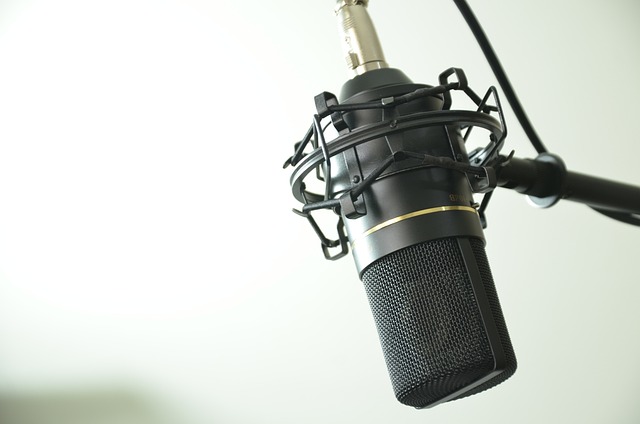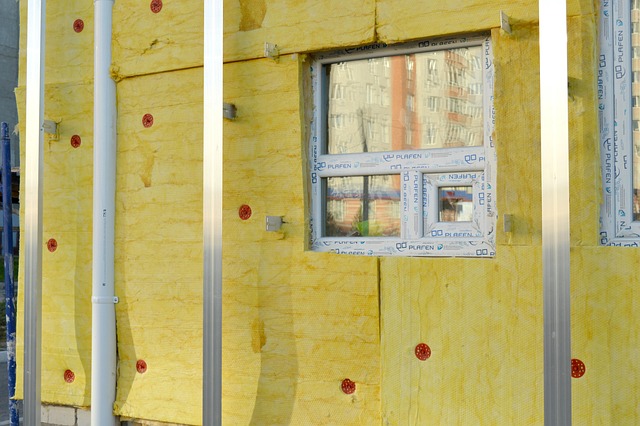Silencing the Noise: Unveiling the Secrets of Click Removal in Audio Technology
In the world of audio technology, clarity and precision are paramount. Whether you’re a musician recording in a studio, a podcaster sharing stories, or an avid audiophile, encountering unwanted audio artifacts like clicks and pops can be a frustrating experience. Fortunately, understanding the intricacies of click removal can restore the beauty and integrity of your sound.
The Nature of Clicks
Clicks are those jarring noises that seem to appear out of nowhere, often ruining a perfectly smooth audio track. They can stem from various sources such as faulty recording equipment, interference, or even the physical process of editing audio. Whatever the cause, these unwelcome intruders can disrupt the listener’s immersion and leave a lasting negative impression.
Why Click Removal Matters
Imagine listening to your favorite song only for it to be interrupted by sporadic clicks. This not only detracts from your enjoyment but can also affect your perception of the artist’s work. In the realm of audio technology, click removal is not just a technical necessity; it’s an essential skill that can enhance the overall listening experience.
Tools and Techniques for Click Removal
Advancements in audio technology have led to the development of sophisticated software tools specifically designed for click removal. Programs like Adobe Audition, Audacity, and iZotope RX offer dedicated features to detect and eliminate clicks with surgical precision.
These tools utilize algorithms that analyze waveforms, identifying discrepancies and allowing you to either repair or replace the problematic sections. Understanding how to effectively use these features can turn a frustrating editing session into a seamless one.
Pro Tips for Effective Click Removal
- Zoom In: When editing, zooming into the waveform can help you visually identify clicks. Look for abrupt spikes in the signal, which typically indicate unwanted noise.
- Listen Carefully: Use high-quality headphones to discern subtle clicks that might otherwise go unnoticed during playback. Your ears are your most valuable asset in the editing process.
- Use a Noise Profile: Some audio removal tools allow you to sample the noise, creating a profile that assists in identifying and removing future clicks more effectively.
- Don’t Overdo It: While it’s tempting to remove every click, sometimes a soft touch is essential. Over-processing can lead to an unnatural sound, so aim for a balance that maintains the essence of the recording.
The Art of Prevention
Prevention is equally important. Investing in good quality cables, maintaining your recording environment, and ensuring your equipment is in top condition can significantly reduce the occurrence of clicks. Also, consider your editing workflow; a well-structured approach can minimize the need for extensive post-production work.
In a world inundated with audio content, mastering click removal is pivotal for anyone invested in audio technology. It’s about delivering the best sound possible and ensuring your audience experiences pure, unblemished audio. By understanding the causes, utilizing advanced tools, and applying effective techniques, you can elevate your audio productions to new heights while silencing the noise that threatens to disrupt them.



